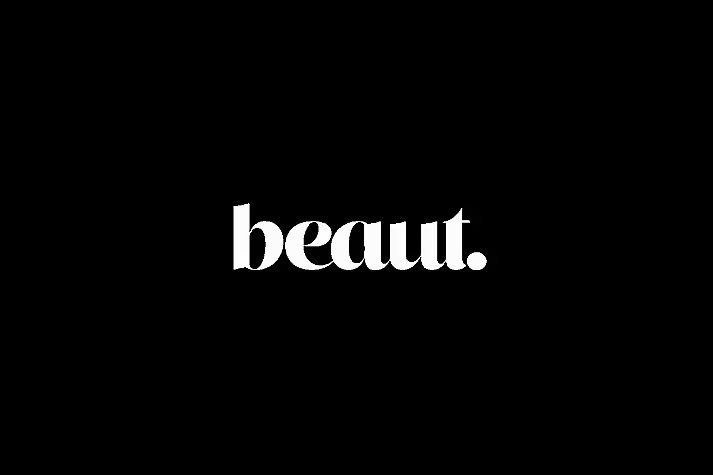[slider style="topten" gallery="counterfeit"]
Advertised

Christmas season is the peak time of the year for these rogue sellers
The Health Products Regulatory Authority (HRPA) has identified harmful substances in a number of counterfeit cosmetics intended for the Irish market.
They're advising consumers to be vigilant of counterfeit 'high end' beauty products being offered for sale through certain outlets, markets and websites in the lead up to Christmas.
Tests carried out by the HRPA on a number of these counterfeits found that some contained harmful substances such as arsenic and lead.
And Christmas season is the peak time of the year for these rogue sellers.
Click through our gallery using the arrows in the pic above for more.

'These products may lead to skin irritation or possibly eye infections.'
Aoife Farrell, Cosmetics Compliance Manager at the HRPA, is concerned that ingredients that are banned from use in cosmetics are being found in these counterfeit products.
'Long periods of exposure to substances such as arsenic and lead can have potentially harmful effects on the body such as damage to numerous organs and systems, such as the kidneys, as well as the central nervous system' she says. 'Symptoms can include abdominal pain, diarrhoea, headaches and vomiting. Even those products that may not contain banned substances are often manufactured in unhygienic conditions poor quality raw material. These products may lead to skin irritation or possibly eye infections.'

How are these products making their way into the Irish market?
The HPRA says that over the last year, thousands of counterfeit cosmetics have been kept off the Irish market thanks to the work of Revenue's Customs Service. But the HSE's Environmental Health Service have identified a quantity of these knock offs in the maket.
Some of these products have been purchased online from websites based outside the U and are being sold to Irish customers either through social media or online. And they've also been found in some retail stores and at markets around the country.

Among the counterfeit products are some well known names
Among the knock offs identified were luxury brands like Mac, Urban Decay and Benefit.
'With counterfeit cosmetics, there is little or nothing known about how or where the products are made, the safety of ingredients included or the hygiene of the facility in which they are produced. Their activities also cause commercial and reputational damage to legitimate businesses', warns Aoife Farrell.

Tips on how to spot a counterfeit
The HPRA has some good advice on how to spot a fake.
1. If it's significantly cheaper than on the high street, then double and triple check its origins.
2. Who is the distributor? Beauty brands usually list their licenced sellers on their website so if you are dealing with a non-licenced distributor, you should be clear on who you are buying from.
3. If you're buying online, you are essentially buying blind as you can't inspect the goods before handing over your credit card details. But if you can physically check the product, here are some things to look for:
- Uneven fill levels which is especially obvious in palettes etc.
- Faded packaging
- Misspelling on packaging or in information leaflet
- Name of the product or shade is slightly different
- Print (font or style) on the container is different
- Mirrors that don't quite fit or are of bad quality

If it seems too good to be true, it probably is
And the HPRA raise another good point -they advise consumers to ensure that the product is labelled with a European address (this means there is a company in Europe responsible for ensuring it compiles with quality and safety requirements).
You can report sellers of fake cosmetics to An Garda Siochana on 1800 666 111 (I wonder do they include the digits 666 in those phone numbers on purpose).
So when it comes to Christmas shopping, be careful out there.
Have you ever used any counterfeit products by accident or bought cosmetics online that turned out to not be genuine?
We'd love to hear your thoughts.
For more, see www.hpra.ie.




